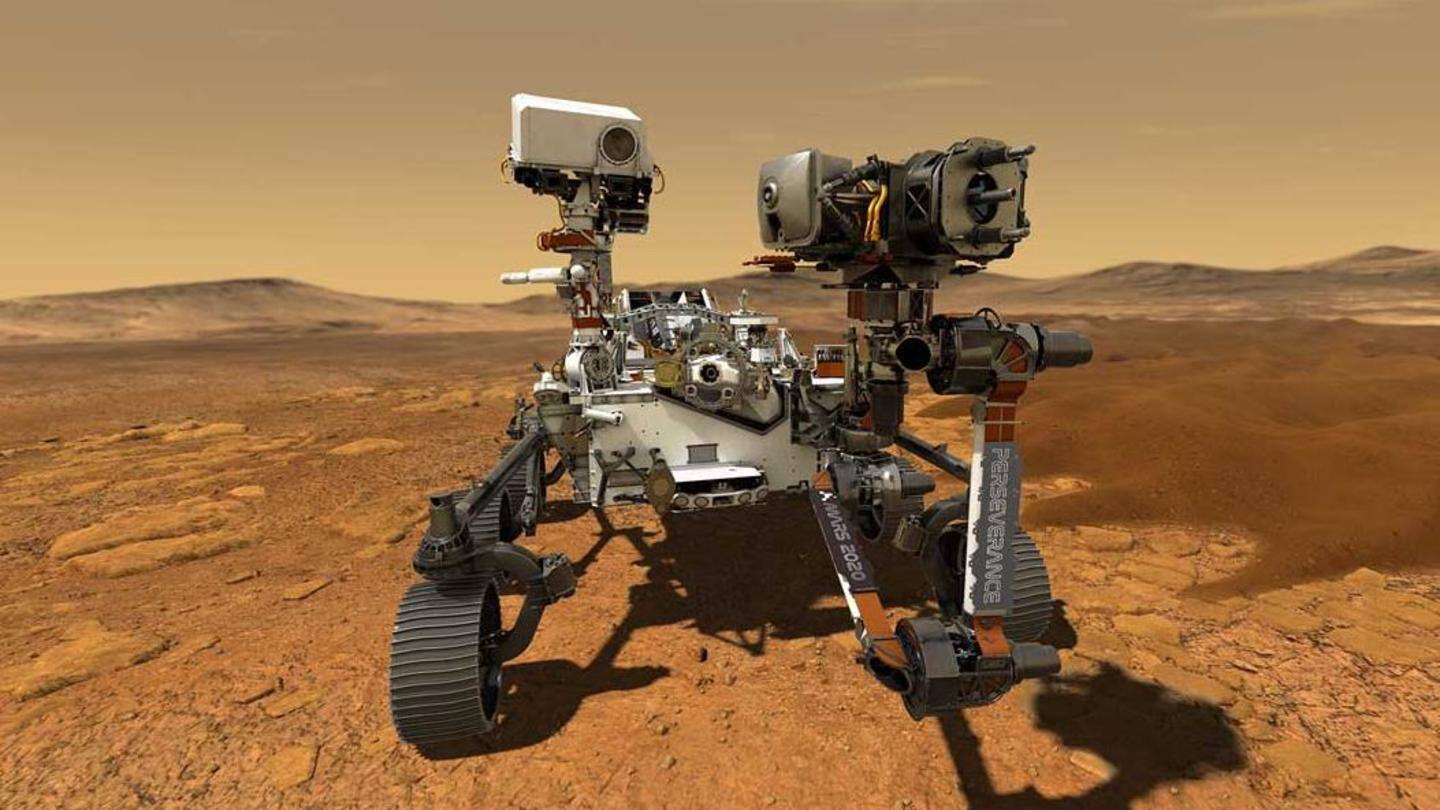
Why NASA has delayed launch of its next Mars rover
What's the story
In an unexpected turn of events, NASA has delayed the launch of its next Mars rover.
The agency had planned to launch the robotic vehicle, called Perseverance, on July 22, but now it says that the historic lift-off will take place "no earlier than" July 30.
The pushback comes even as the window for Mars launch continues to run out.
Here's more about it.
Window
Mars launch window comes once in two years
We do not hear about Mars missions as frequently as other space launches because flights to the Red Planet take place in a small window that occurs once in two years.
This is when Mars and Earth are the closest to each other in their orbital paths, giving an opportunity for space agencies to reach their destination with minimum space travel, fuel wastage.
Rover window
Perseverance launch window opens from July 17
Originally, the launch window for Perseverance was kept between July 17 and August 11 - with the launch targeted for July 17.
However, after a series of delays, first to July 20 and July 22 and now to no earlier than July 30, the time for the launch has been extended to August 15.
NASA teams are also exploring another extension if possible.
Reason
What is the cause of the latest delay?
The issue that led to the latest delay is associated with the rocket that is supposed to launch Perseverance.
According to NASA, during a practice session on June 22, a line of sensors that show the levels of liquid oxygen propellant in the rocket gave off-nominal data, and now, the team working on the rocket needs more time to examine and fix the issue.
Timing
Either way, there is not much time left to launch
That said, if NASA misses the July 30 launch, it will have exactly 15 days to take the rover off the ground.
Now, that is not a lot of time but should be enough (if nothing else goes wrong) to help the rover begin its months-long journey.
Perseverance is expected to land on in the Jezero crater of Mars by February 18, 2021.
Mission
What is the mission of the rover?
After landing on the Red Planet, Perseverance, accompanied by a remotely controlled drone, will explore the terrain of the crater, dig up samples, and analyze them to look for signs of ancient microbial life.
The rover's work will also give us a better understanding of what Mars looked like billions of years ago and how it transformed into what it is today.